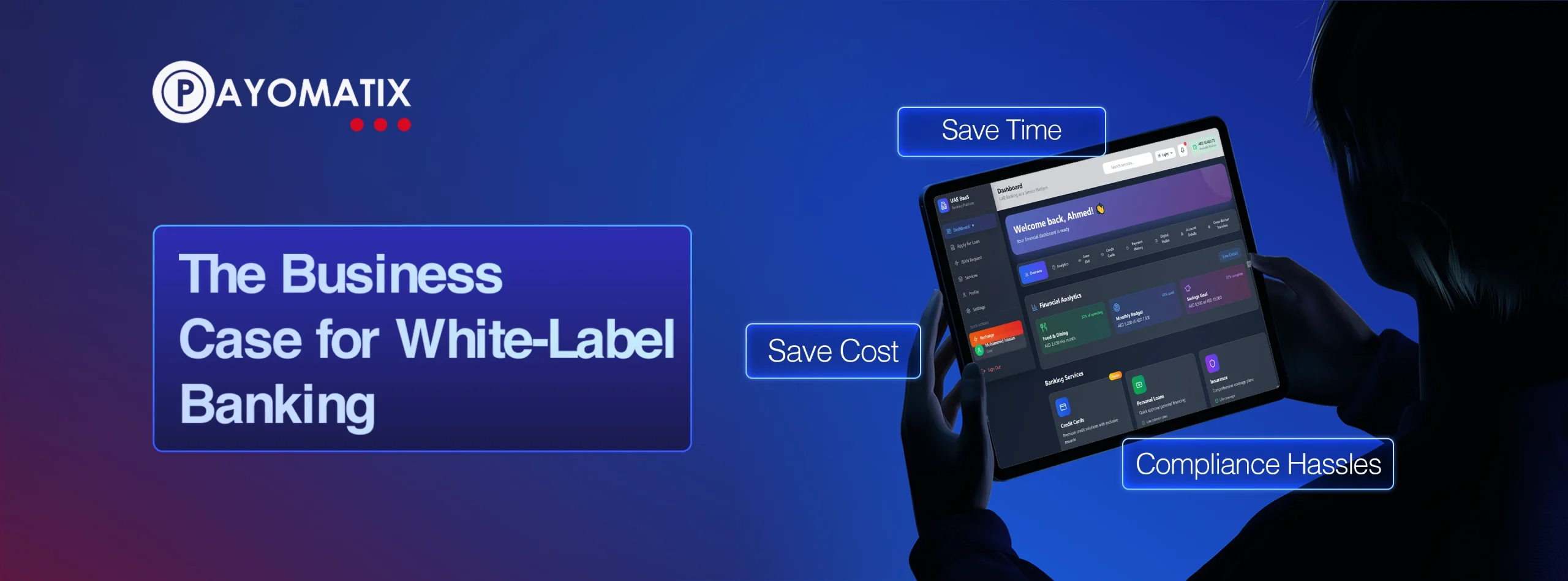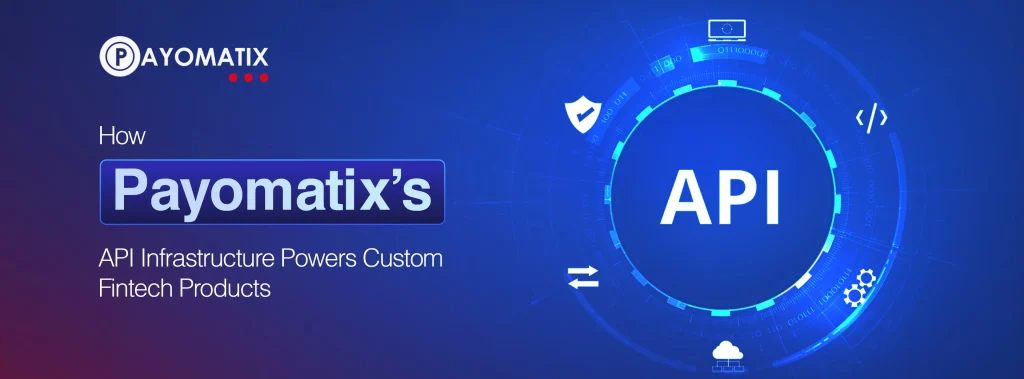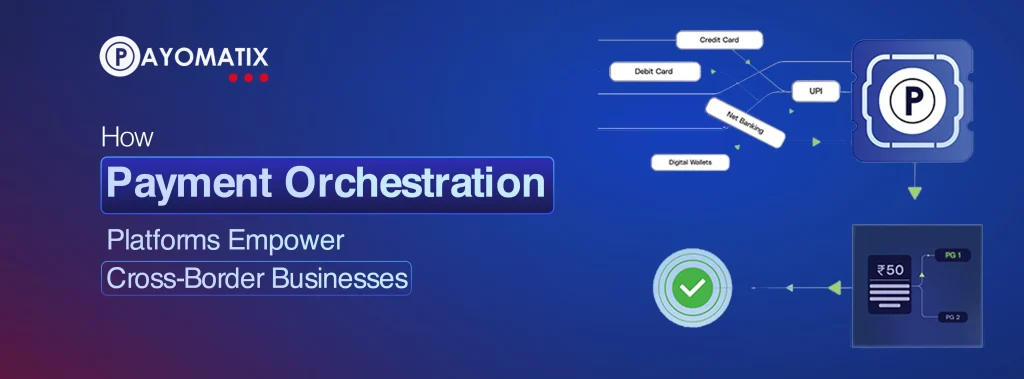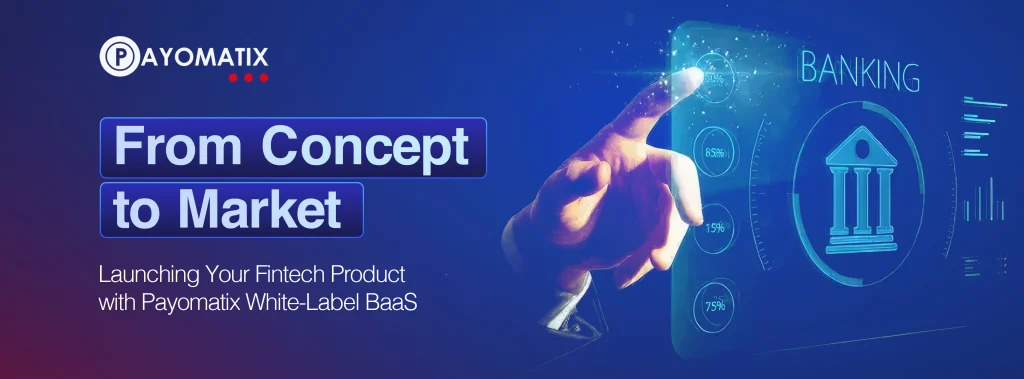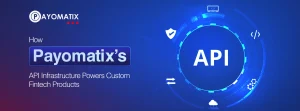In today’s fast-paced fintech ecosystem, launching a financial product from scratch can be a massive undertaking.
From securing licenses to meeting regulatory standards and developing the right technology stack, the time, cost, and compliance complexity can slow down even the most innovative businesses.
That’s where White-Label Banking comes in — the smarter, faster, and more efficient way to launch and scale digital banking products.
What is White-Label Banking?
White-Label Banking allows companies to offer branded financial products — like bank accounts, cards, and payment services — without building the entire infrastructure themselves.
Instead of applying for banking licenses and developing compliance frameworks, businesses partner with a licensed provider like Payomatix, which offers a ready-to-use Banking-as-a-Service (BaaS) platform.
This means startups and enterprises can launch fintech products under their own brand while leveraging the security, technology, and compliance of an established provider.
The Hidden Challenges of Building Banking Infrastructure
Building a financial product in-house involves:
- Regulatory Licensing: Securing a banking or EMI license is costly and time-consuming.
- Compliance Management: Ongoing audits, KYC, AML, and data protection requirements.
- Technology Development: APIs, payment rails, fraud systems, and scalability.
- Operational Costs: Dedicated compliance teams, servers, and partnerships with acquirers or card networks.
For most businesses, that’s years of effort and millions in investment — before even going to market.
The White-Label Advantage: Faster, Smarter, Scalable
Here’s why more companies are shifting to white-label banking solutions like Payomatix BaaS:
1. Save Time with Plug-and-Play Integration
With Payomatix’s API-driven platform, businesses can integrate financial features in weeks, not years.
You get pre-built modules for payments, cards, accounts, and lending, so you can focus on branding and customer experience — not backend complexity.
2. Reduce Costs and Risks
Building from scratch means major investment in tech, security, and compliance.
White-label banking removes those overheads, helping businesses save up to 60% in operational costs while reducing risk exposure.
3. Simplify Compliance and Regulation
Payomatix handles the heavy lifting of KYC, AML, PCI DSS, and data security compliance — so your brand can stay focused on growth while staying legally compliant.
4. Expand Globally with Ease
With multi-currency support and cross-border infrastructure, Payomatix enables businesses to expand into new markets without building new payment rails each time.
5. Scale Without Rebuilding
As your customer base grows, the Payomatix platform scales with you — offering enterprise-grade infrastructure designed for high transaction volumes and global reach.
How Payomatix Simplifies White-Label Banking
Payomatix offers modular, API-based banking services that empower businesses to embed financial products directly into their platforms.
Key features include:
- Account Creation & Management: Digital and virtual accounts powered by compliant banking infrastructure
- Card Issuance: Debit, credit, and prepaid cards under your brand
- Payments & Payouts: Support for global transactions, remittances, and settlements
- API-Driven Flexibility: Build, customize, and integrate banking services seamlessly
- Regulatory Compliance: Complete AML, KYC, and fraud prevention built-in
Whether you’re a fintech startup, NBFC, or e-commerce platform, Payomatix helps you launch financial services under your brand without licensing roadblocks.
The ROI of Going White-Label
| Benefit | Traditional Banking Build | White-Label with Payomatix |
| Time to Market | 2–3 years | 3–6 months |
| Cost | $2–5 million | Fraction of the cost |
| Compliance Burden | Full responsibility | Shared with provider |
| Scalability | Limited by infra | Scales instantly |
| Global Expansion | Complex setup | One API integration |
With Payomatix, your business gets the speed of innovation and trust of regulated infrastructure — a perfect combination to stay ahead in the fintech race.
FAQs: White-Label Banking & Payomatix
1. What types of businesses can use white-label banking?
Any business — fintechs, NBFCs, e-commerce platforms, SaaS providers — can leverage white-label banking to offer financial products without becoming a bank.
2. How does Payomatix ensure regulatory compliance?
Payomatix handles all regulatory aspects including KYC, AML, PCI DSS, and data privacy standards, ensuring every transaction is secure and compliant.
3. Can I fully brand my financial products?
Yes. Payomatix’s white-label model lets you customize the user experience, branding, and interface — while the backend infrastructure runs seamlessly.
4. How fast can I launch a product with Payomatix BaaS?
Depending on your use case, you can go live in as little as 4–8 weeks, compared to years of traditional development.
5. What makes Payomatix different from other BaaS providers?
Payomatix offers end-to-end solutions — from accounts and payments to lending and card issuance — backed by strong compliance support and cross-border capabilities.
Conclusion
White-label banking isn’t just a shortcut — it’s a strategic advantage.
It lets you launch faster, operate cheaper, and stay compliant without compromising innovation.
With Payomatix’s Banking-as-a-Service (BaaS) platform, you can move beyond payments to deliver a complete banking experience — under your own brand, powered by trusted technology.
Save time. Cut costs. Simplify compliance.
That’s the power of Payomatix White-Label Banking.


